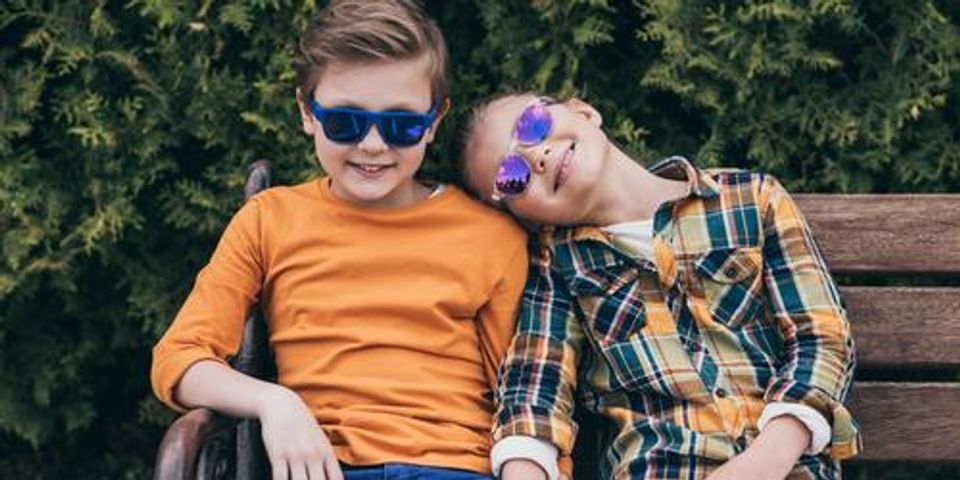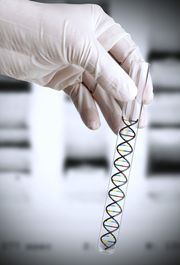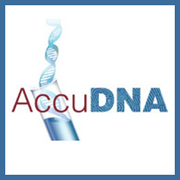DNA Testing: Is It Possible to Predict Shared DNA Percentages for Half-Siblings?
By AccuDNA

DNA testing can be complex even in seemingly straightforward circumstances, and when it comes to the relationship between half-siblings, the issue can be even more of a challenge. In this case, if you’re in search of relationship testing in Saint Louis, MO, AccuDNA is the obvious choice. Thanks to state-of-the-art testing equipment and advanced techniques, these specialists can delve into your genetic code to make determinations about you and your family. The following information can help you further your understanding of genetics as it relates to half-siblings.
How Is DNA Inherited?
All human beings have 23 pairs of chromosomes, called autosomes. One chromosome from each autosome is inherited from each parent; together, these combinations determine physical attributes, medical propensities, and more. The twenty-third pair is responsible for determining a person’s sex, and this is the only pair where the contributions from both parents take different shapes.
Males can pass on an X or Y chromosome, while females can only pass on an X. When a person has an XY pairing, they belong to the male sex; when someone has two X chromosomes, they present as female. Because of this distribution, the DNA testing results between a brother and sister won’t align to exactly 50% the same—but if both siblings belong to the same sex, the match will be closer.
How Does This Ratio Change With Half-Siblings?
 Imagine a pair of half-siblings that includes one male and one female, and both siblings have the same father. In this instance, the female offspring will inherit the X chromosome from their father, not the Y chromosome that their half-brother received.
Imagine a pair of half-siblings that includes one male and one female, and both siblings have the same father. In this instance, the female offspring will inherit the X chromosome from their father, not the Y chromosome that their half-brother received.
If both half-siblings are the same sex, the results can show a higher match in relation to each other. This is because both siblings will have received either an X or Y chromosome from their common parent.
Can Other Factors Affect Your Relationship Testing Results?
Other factors can affect a genetic match between siblings or half-siblings. As an example, for every autosome that’s received, you have about a 50% chance of inheriting a chromosome from your grandmother, and a 50% chance of inheriting one from your grandfather. For every 22 pairs of non-sex chromosomes, this probability is repeated, which means there are many possible iterations. To make things more complicated, some chromosomes can also exchange segments during cell division, creating hybrids. This phenomenon is called genetic recombination.
How Can You Get the Most Accurate DNA Testing?
DNA testing may return surprising results regarding the relationship between half-siblings. In some cases, tests might show half-siblings having the same percentage of DNA that you would find in relation to first cousins based on what percentage of DNA each child inherited from their parents and grandparents. Therefore, testing more relatives will help determine the most accurate results for connecting biological ties. If you’re trying to use DNA relationship testing to determine if someone is your half-sibling, you should try to test a sample from the parent you believe you have in common or a grandparent. In most cases, a DNA sample from even one mother will increase the probability of getting a more accurate sample. Please note that in order to have more people tested, they will need to be included on the form signed before proceeding with testing.
Learn more about how you can access DNA testing services in Saint Louis by calling AccuDNA at (314) 845-9997 today. A friendly and knowledgeable representative can assist you in determining which testing option works best for your specific needs. You can also visit the website for more information on the complete range of services currently available.
About the Business
Have a question? Ask the experts!
Send your question

